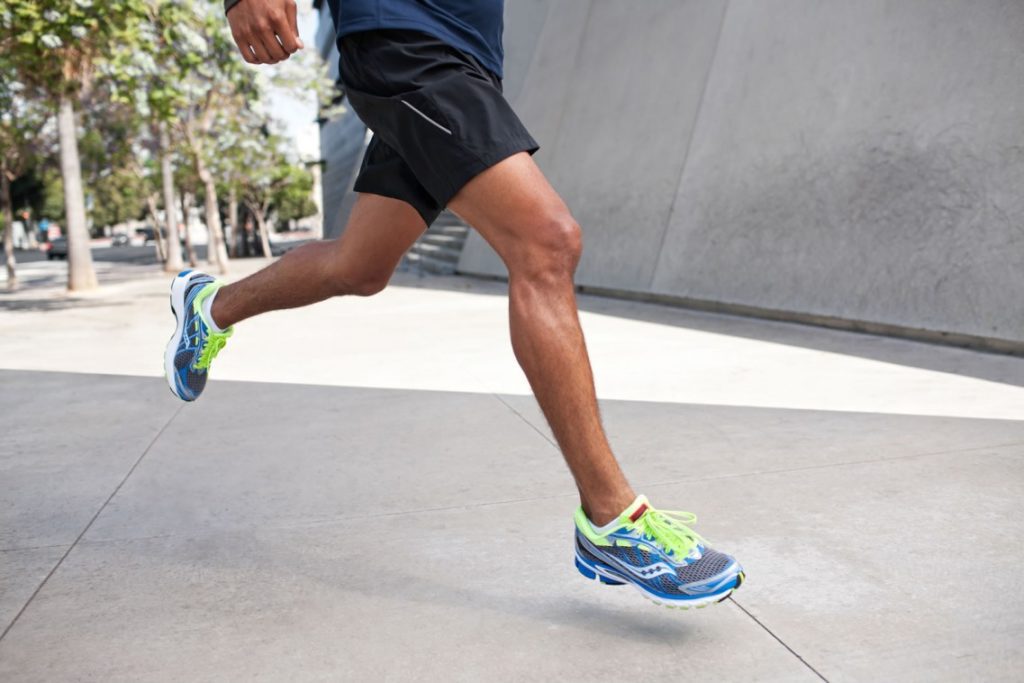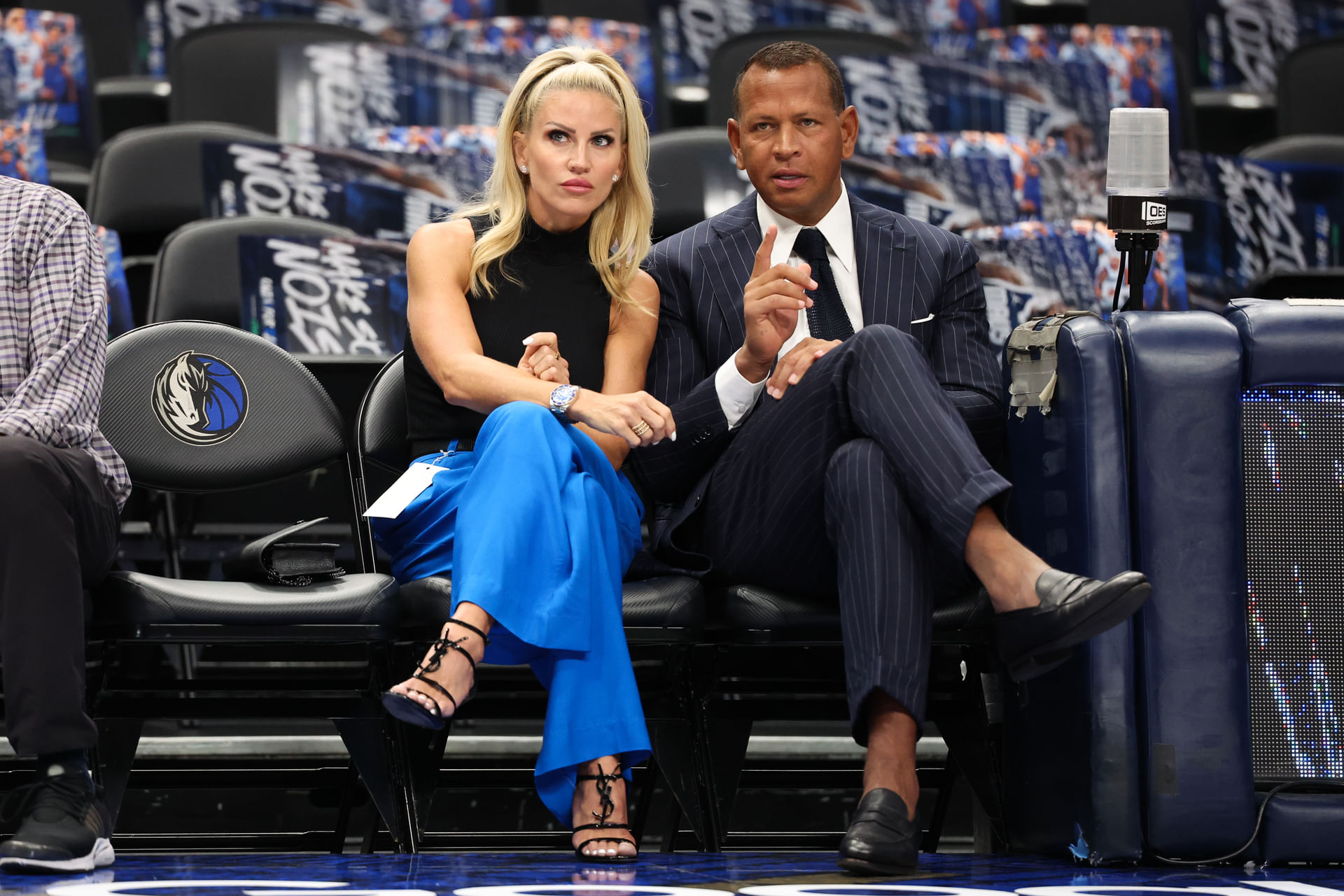Most runners want to get faster. But while it’s tempting to chase VO₂ max numbers or work toward building mad mileage, there’s another piece of the puzzle that doesn’t get as much attention: running economy. We’re here to explain what it is, why it matters more than most runners realize and how you can train to improve it.

Running economy is basically how much energy your body burns to keep you moving at a steady pace. Think of it like fuel efficiency in a car. Two runners might be equally fit, but if one uses less oxygen at the same speed, they’ll go farther with less effort. That’s good news if you’re trying to hang onto your goal pace late in a race.
Why it matters
Running economy responds well to targeted training, and it has become a key differentiator among competitive runners. Even when VO2 max is similar, athletes with better economy tend to perform more efficiently at race pace.
A recent review published in the journal Sports Medicine analyzed dozens of studies on strength training and its effects on running economy. It found that heavy strength work (using loads around 80 percent of an athlete’s maximum) and plyometric exercises such as bounding and jumping both led to measurable improvements, particularly at moderate intensities. These gains don’t come from increasing aerobic fitness, but from moving more efficiently. With each stride, the body uses less energy to maintain the same speed.

How to actually improve running economy
Lift heavy weights. Twice a week, include compound lifts like squats, deadlifts or lunges. Focus on lower reps and higher loads—around 3 to 6 reps per set. You’re working toward building more powerful, stable movement, rather than getting bulky.
Add plyometrics. Things like skipping, hopping and bounding might look simple, but they improve the elastic qualities of your muscles and tendons. Just one or two short sessions per week can make a difference.
Run short hill sprints. Try 8–10 second hill sprints after an easy run, with full recovery between. These help build strength and improve how your body applies force while running.
Don’t obsess over mileage. It’s easy to think more miles equals better fitness, but running economy responds better to strength, form and recovery. If your stride breaks down when you’re tired, efficiency disappears.

The bottom line
Improving running economy might not feel dramatic right away, but over time, you’ll notice you can hold paces longer without redlining, and finish races feeling stronger. It’s one of the few performance gains you can train for that only requires some tweaks to your regular routine, rather than running harder or longer.




